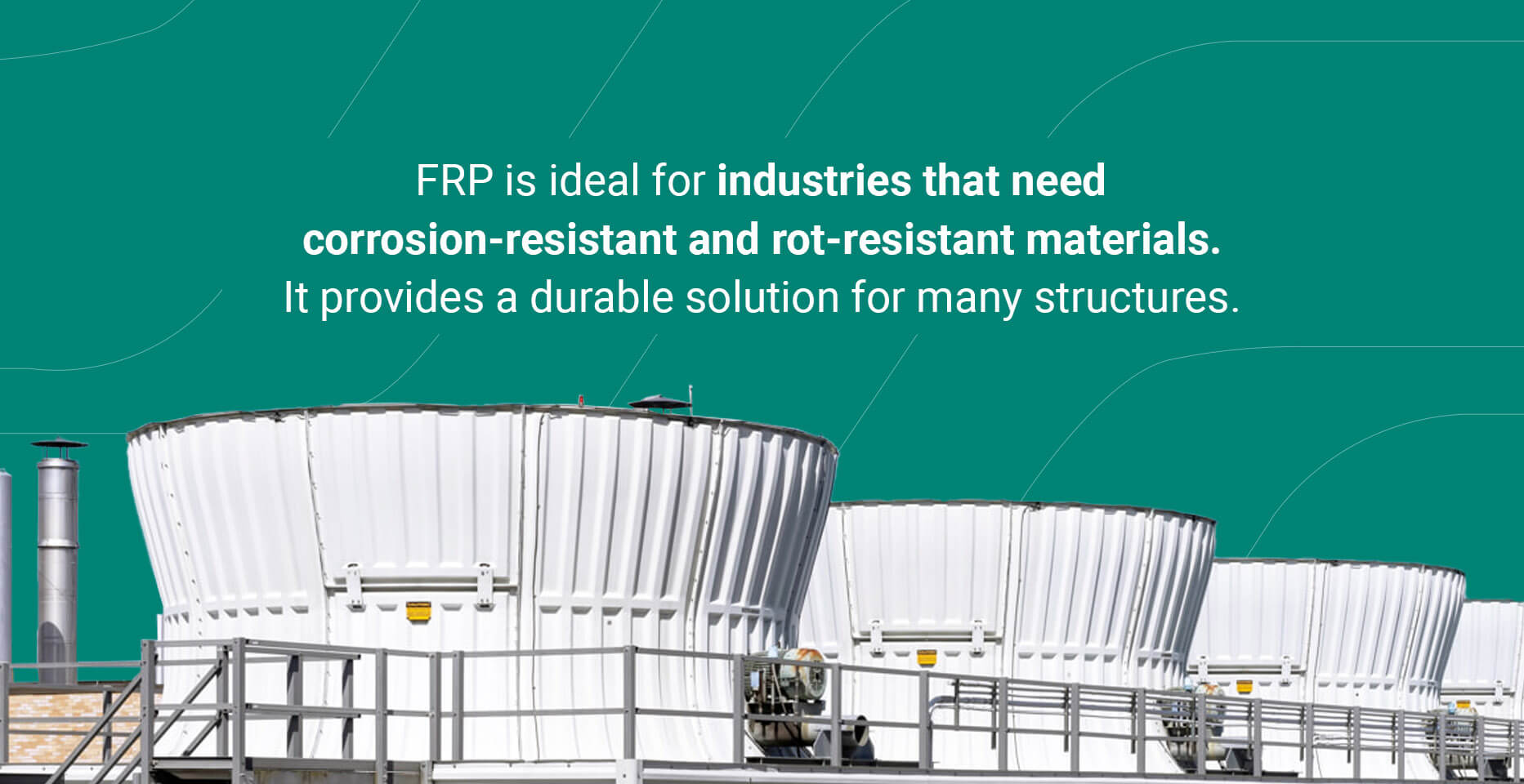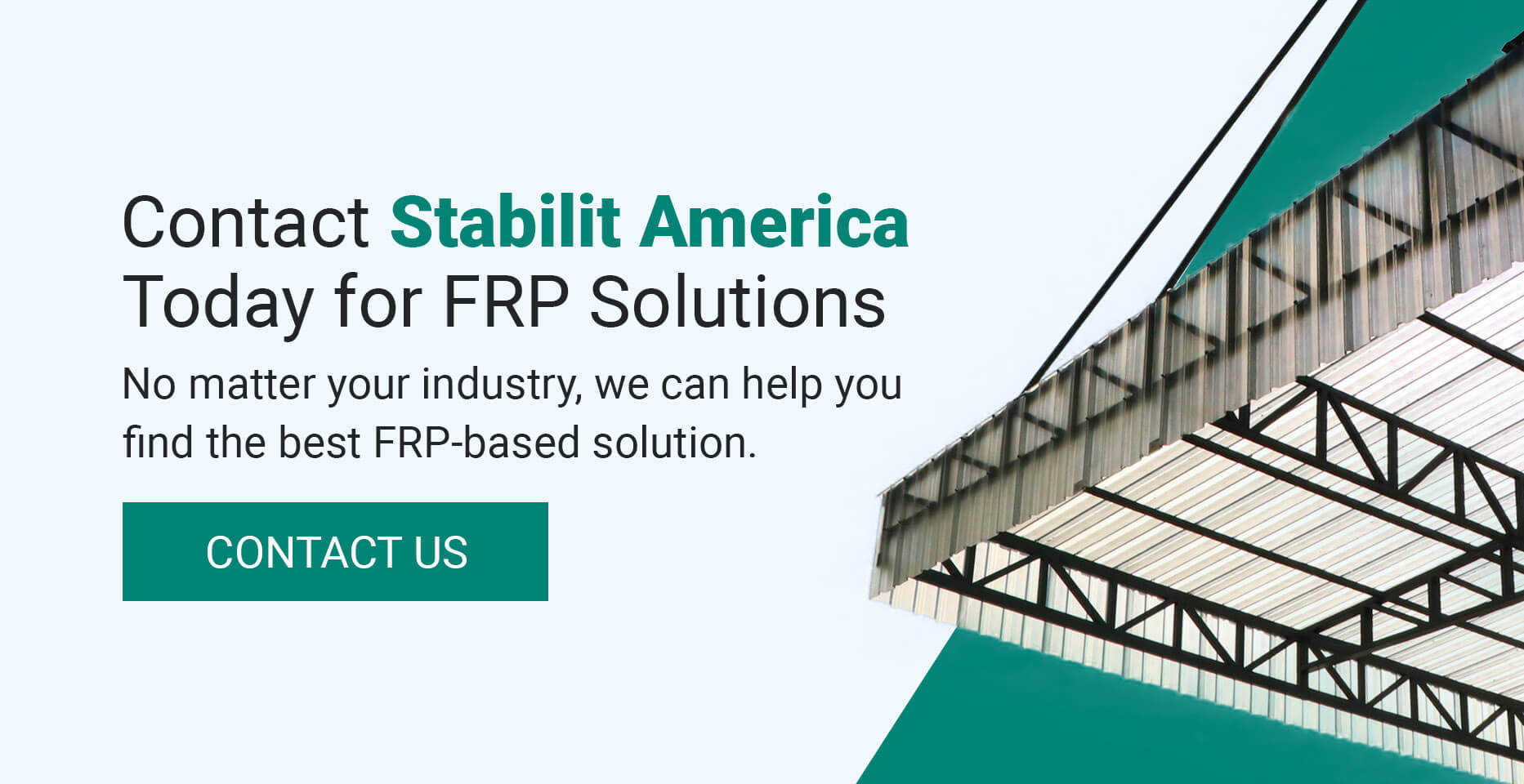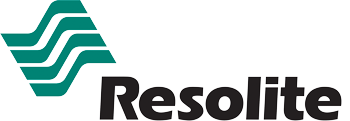No matter your industry or project, you seek durable and cost-effective materials. From healthcare to transportation and agriculture, professionals in these and other industries need long-lasting and impact-resistant options. With so many choices available, selecting the best materials takes some consideration.
One excellent option is fiberglass-reinforced plastic (FRP). This material consists of fiberglass reinforcement in a plastic matrix. Suitable for a wide range of industries, FRP is a high-strength and versatile option.
Read on for an overview of fiberglass reinforced plastic and how it could help your industry.
What Is FRP?
Fiberglass reinforced plastic is a material composite made from fiberglass reinforcement and a plastic mixture. Engineers reinforce the fiberglass into the plastic matrix, allowing for a variety of strength levels and properties to be integrated. You can select a specific reinforcement configuration and type of plastic to create a tailored FRP solution. The versatility lets engineers shape materials for particular applications, saving time and money.

FRP is ideal for industries that need corrosion-resistant and rot-resistant materials. It provides a durable solution for many structures. One of its most frequently used applications is in fiberglass reinforced plastic panels, which are installed directly onto walls to add protection.
FRP Uses
Professionals use FRP in many industries and applications. Here are examples of how FRP is used:
- Healthcare: The healthcare industry often uses FRP panels for interior components. For example, engineers might use FRP panels in ceiling construction or internal walls of hospitals and other healthcare facilities, from clinics to pharmacies.
- Transportation: FRP is also found in many components of transportation vehicles, from large trucks to ambulances. Designers use FRP for liner panels, roofs, handrails and many other features.
- Industrial: Another example of FRP applications is industrial. FRP’s durability is optimal for extreme environments that are exposed to corrosion risks. For example, chemical plants and cooling towers use FRP materials for their long-lasting and resilient qualities.
- Residential: You can also install FRP panels and materials in your home. You could place them on wall panels or your roof. Line your foundation to protect your home from pests, or use FRP decorative panels to accent your space.
FRP vs. Fiberglass
As you consider different materials for your next project, it’s important to evaluate your available options.
If you’re interested in using fiberglass reinforced plastic, you might wonder about the difference between this material and fiberglass. While some use the two terms interchangeably, there are actually crucial differences between the two products.
The biggest difference is that fiberglass is a more general term and refers to a material. Fiberglass reinforced plastic uses fiberglass as part of its makeup. Fiberglass is created by spinning glass, which produces small glass fibers. Then, engineers use the small fibers in a composite. A composite is a combination of materials that create a new substance when placed together.
Fiber reinforced plastics use a polymer base with a reinforcement material. A polymer is essentially a chemical compound consisting of long molecule chains, while the reinforcement material varies. Types of FRP reinforcement could be carbon, glass, wood or a variety of other materials. Fiberglass reinforced plastics use fiberglass as the reinforcement substance. So, fiberglass is a component of FRP rather than the two options being the same product.
Benefits of Choosing FRP
Fiberglass reinforced plastic has many benefits, such as:
- Environmental friendliness: FRP is durable and has high strength levels, allowing it to last longer than other materials. You also don’t have to use as much FRP to get the same results as a weaker product. FRP could help you use fewer resources and have less of an environmental impact during your project. It also helps structures last longer, reducing the need for excess materials and construction projects, both of which can negatively impact the environment. FRP is also recyclable, adding another environmental benefit.
- Quick installation: Construction workers in all industries strive to finish projects as quickly as possible. The faster you finish the project, the less you have to spend on labor and the more projects you can take on. FRP materials, such as FRP panels, are easy to install, leading to quick turnaround times. You can also integrate helpful features into FRP materials that make them even simpler to install, such as attachment points or non-slip covers.
- Light weight: FRP is lightweight, making it safer for workers to use. It also lowers transportation costs and takes less equipment to remove or install. You can reduce labor needs when working with FRP because its lower weight makes it easier to handle.
- Corrosion resistance: Many infrastructures are exposed to weather elements constantly, making them susceptible to corrosion. FRP’s durability allows it to flourish in any climate, from extreme heat to frequent rainstorms. The material is resistant to water and corrosion, allowing structures to last for much longer than average materials. For example, railway platforms are constantly used by pedestrians and exposed to the elements. FRP materials, like panels, could resist these elements and help the platform remain for decades longer.
- Cost-efficiency: Fiberglass reinforced plastic is also a cost-effective option. Its durability helps structures last for long periods, which eliminates replacement costs. FRP also requires little maintenance, so you save expenses on regular upkeep. The quick installation also reduces building costs.
- Versatility: Another example of the benefits of FRP is its adaptability. You can adapt FRP into the form that suits your industry best. Working with an engineer, you could design a specific material that meets your desired strength, color, shape, design and more. Building an exact design for your project could help you work more efficiently and increase satisfaction with the finished product.
Contact Stabilit America Today for FRP Solutions
Fiberglass reinforced plastic is versatile, durable and cost-effective. At Stabilit America, we understand the necessity of high-quality construction materials. As the leading manufacturer of FRP panels in the United States, we offer a wide range of corrosion-resistant and durable materials.
Our FRP panels span many applications and have many uses, including:
- Interior panels
- Roof and wall building panels
- Transportation panels
- And more!
No matter your industry, we can help you find the best FRP-based solution. From healthcare to residential homes, these and other applications can use FRP as a long-term material solution. Stabilit America’s excellent customer service can assist you throughout the selection process. And our state-of-the-art manufacturing units create the superb product you need.
To get started with Stabilit America, contact us today.
Stabilit America Inc. is a leading North American manufacturer of fiberglass reinforced panels (FRP) and polycarbonate sheets, with over 65 years of experience. The company offers the widest range of acrylic, polyester, and polycarbonate laminates, backed by international certifications (USDA, Greenguard, FM, ISO 9001, among others), serving industries such as industrial construction, transportation, and sustainable building.



